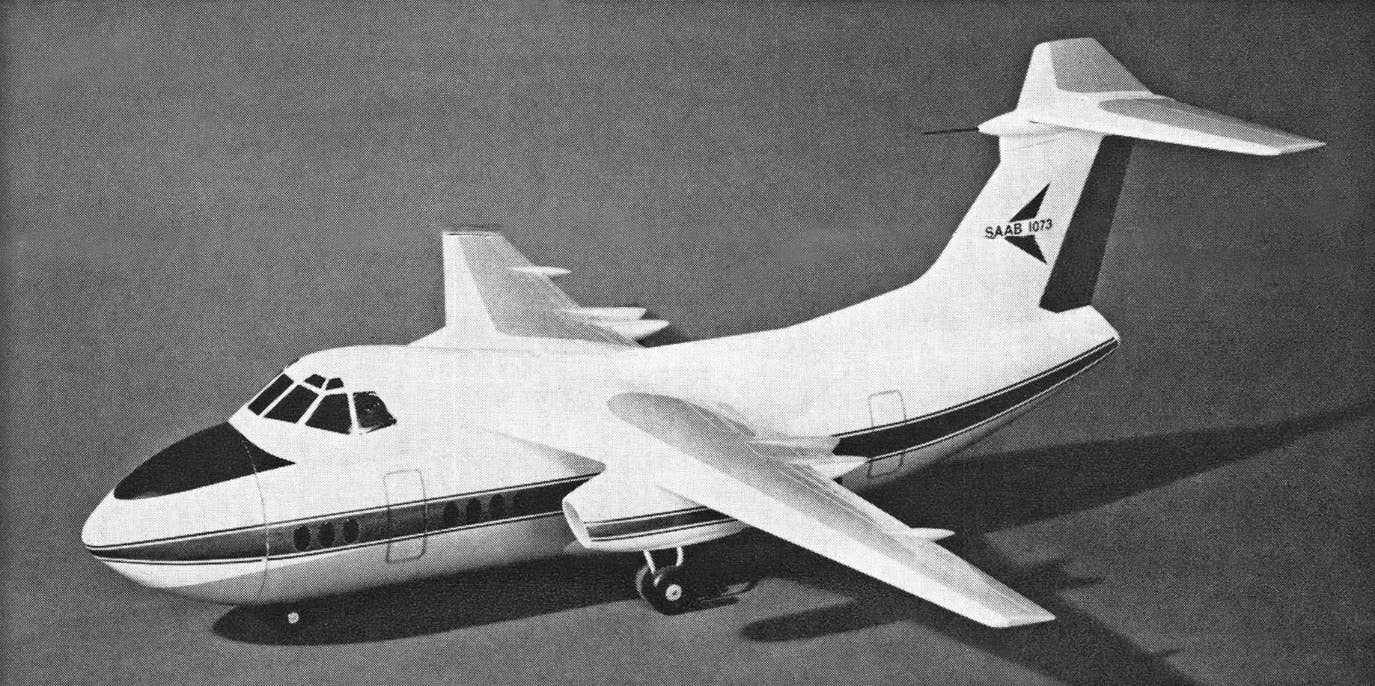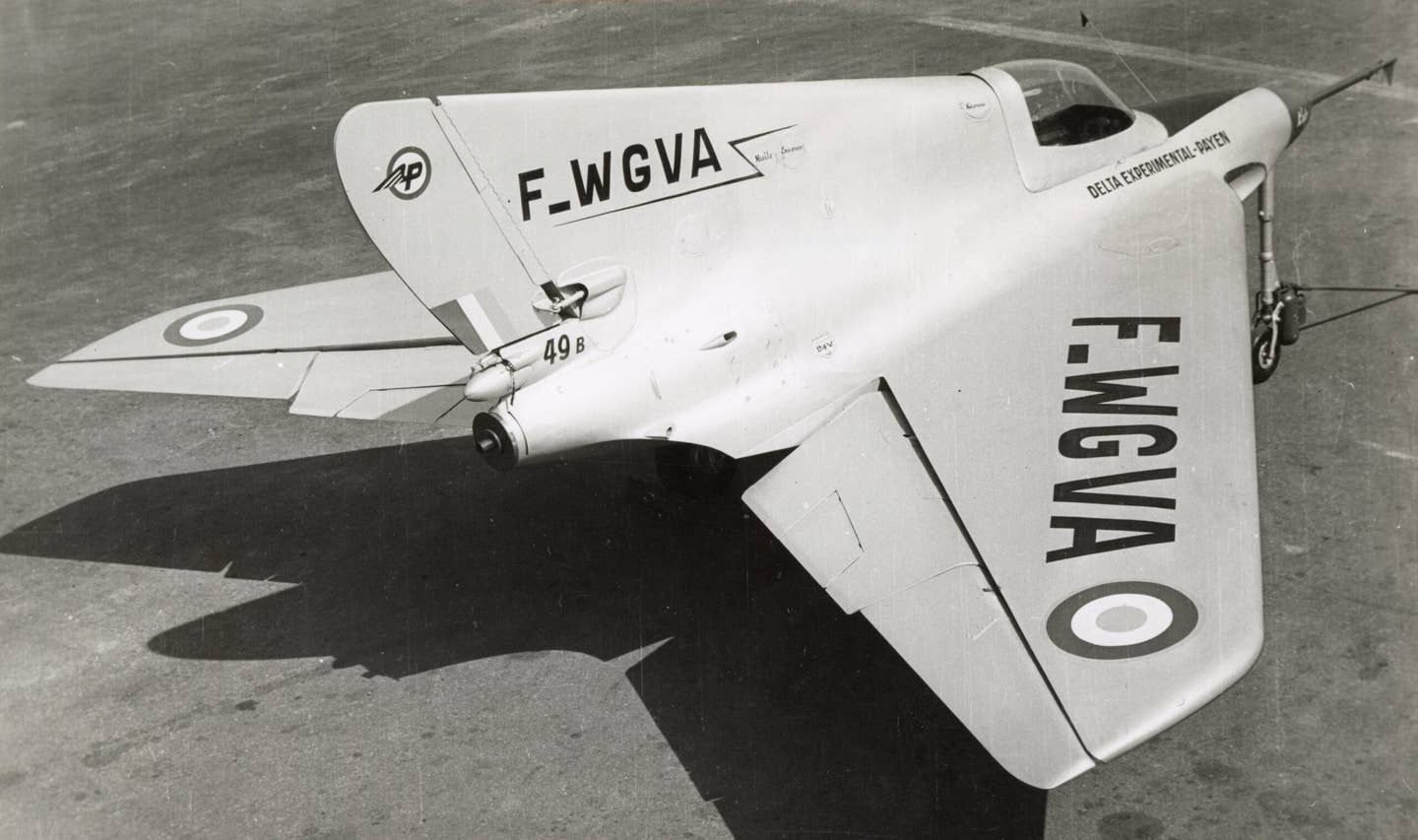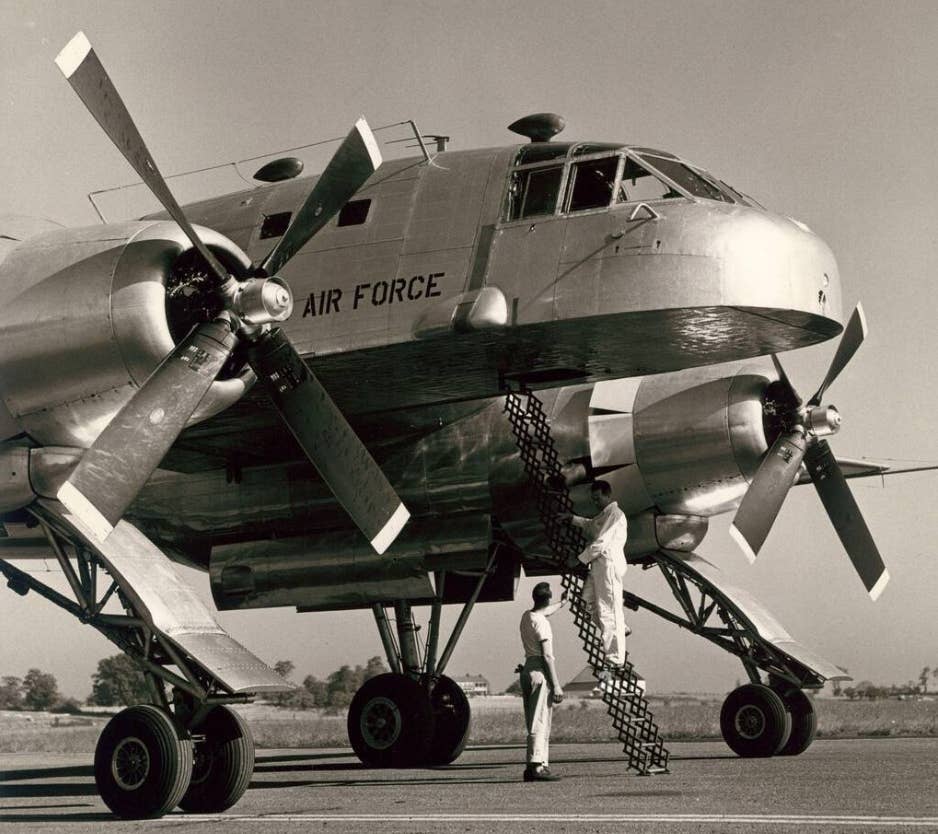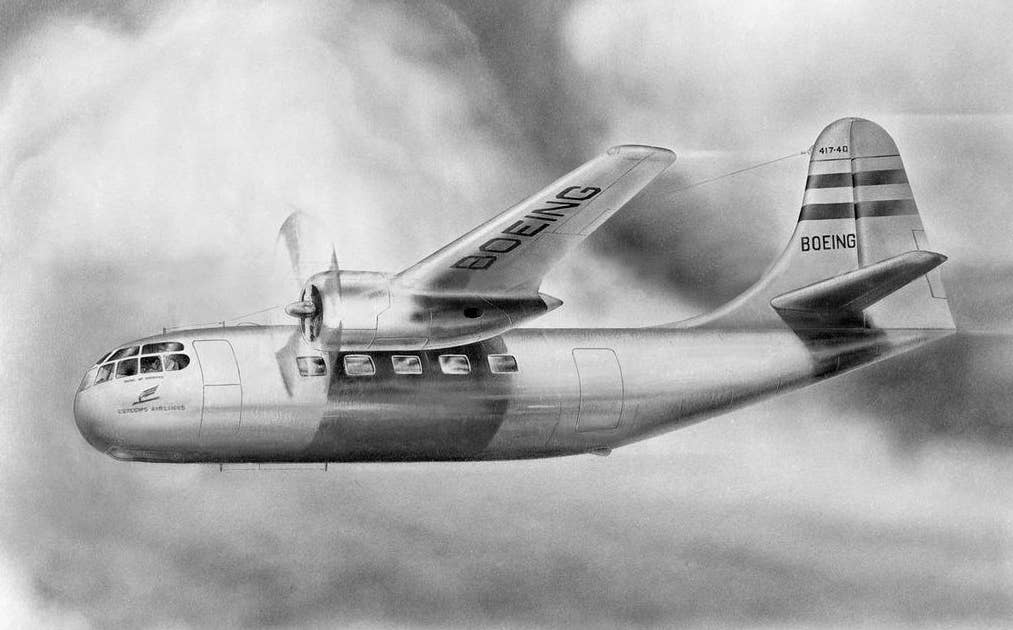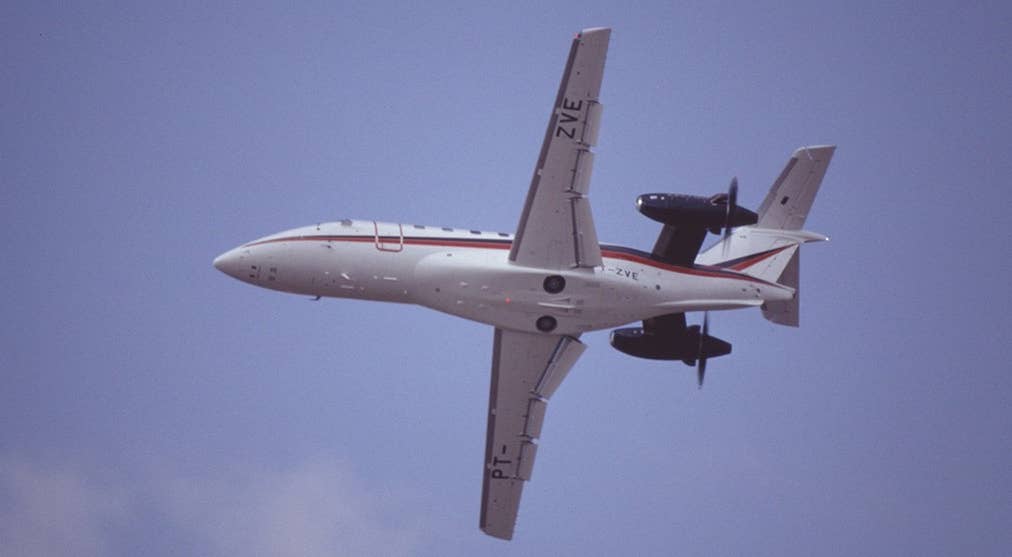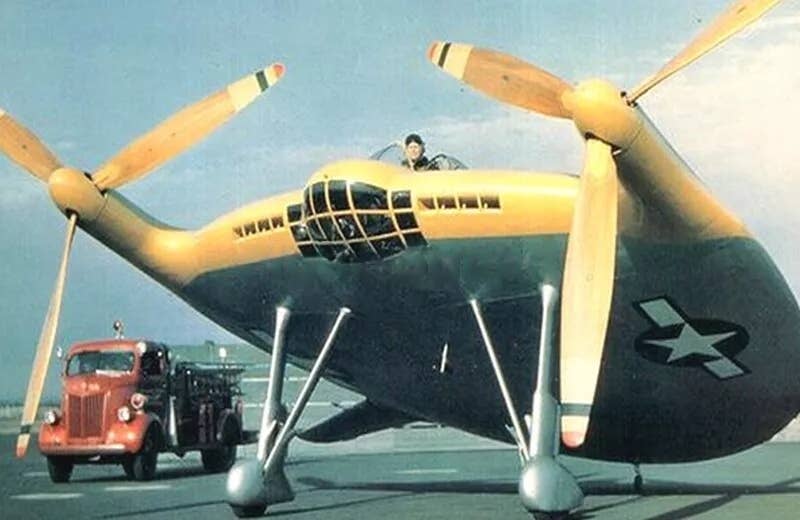The Avtek 400 Was Literally One of a Kind
This proof-of-concept aircraft led to big plans that unfortunately were never realized.
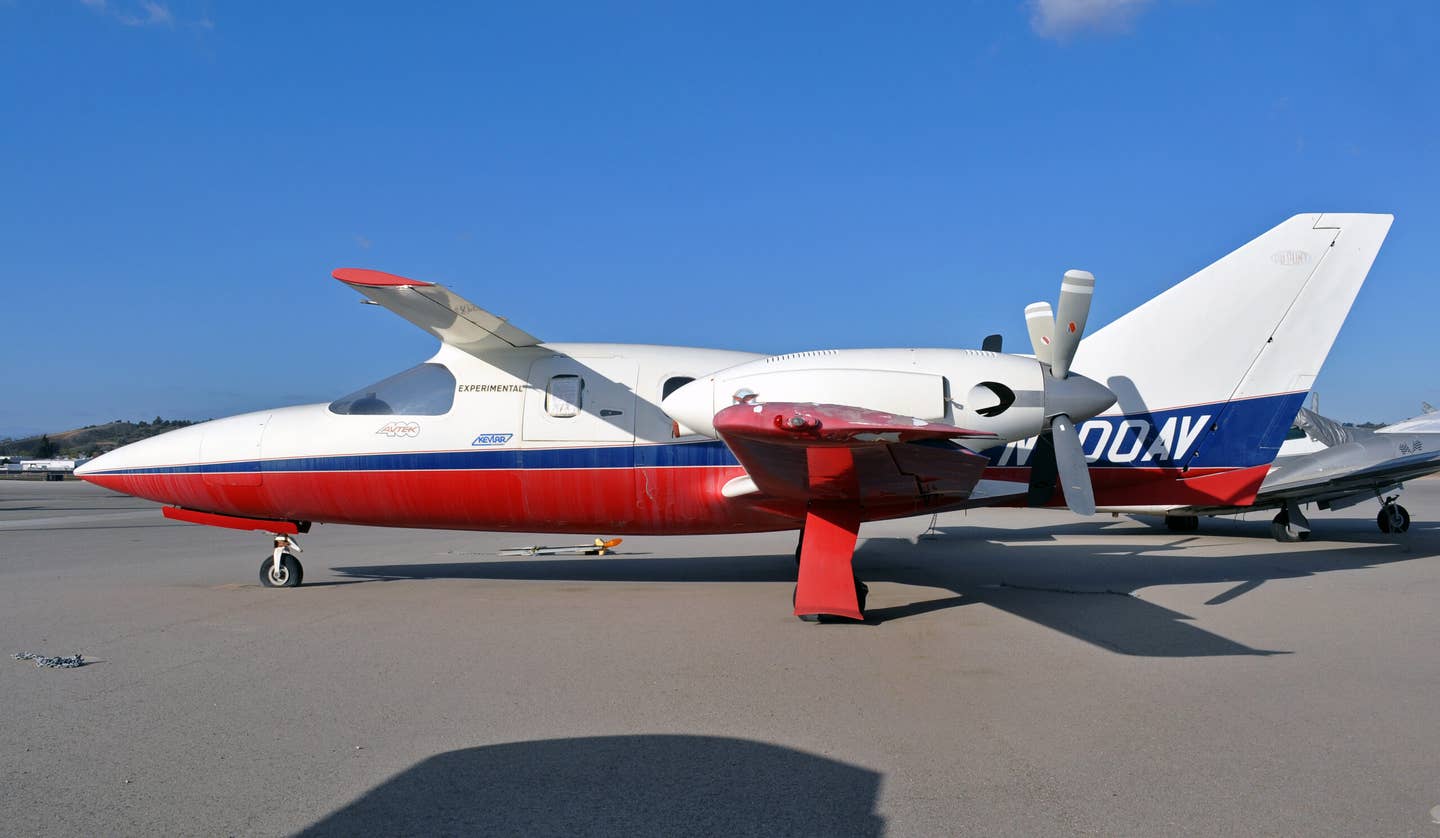
Just one Avtek 400A was built. [Photo: Jason McDowell]
Editor’s Note: This is the debut edition of a new column by “The New Owner,” Jason McDowell, that will focus on unusual aircraft that made a splash—no matter how big or small—during aviation history. You can look forward to a new edition of “History’s Unique Aircraft” on the second and fourth Tuesday of each month.
Know about an aircraft that Jason should write about? Tell us about it!
When it comes to aircraft design, the 1980s were a wild time. Computer-aided design and advanced airframe materials enabled engineers to push boundaries like never before. No longer constrained by the limitations of riveted metal, they sculpted airframes into new shapes and configurations that had previously only existed in artist’s renderings and imaginations.
Some of the most well-known examples of the era are the Piaggio Avanti and the Beechcraft Starship. These unique types aimed to utilize unconventional design to achieve superior performance, pushing the boundaries of both manufacturing and marketing. Ironically, these striking designs were aimed squarely at the traditionally conservative corporate aviation market, and while they certainly made waves, they saw mixed success.
Two years prior to the first flights of those types, however, this little-known specimen called the Avtek 400A made its first flight. A proof-of-concept aircraft only, just one example was built. It was used to validate new construction techniques and performance, and was intended to lead to a larger version that never left the drawing board.
Aimed at filling a niche that a computer program had identified as underserved, the larger seven-passenger Avtek promised a 400 mph cruise speed and a 2,400 sm range for today’s equivalent of about $4.5 million. If these numbers had been realized, it would have handily beat market-leading turboprops like the Beechcraft King Air and Piper Cheyenne.
Like the Avanti and Starship that would arrive years later, the Avtek design integrated multiple lifting surfaces and pusher propellers in an attempt to maximize efficiency. The airframe was designed by Al Mooney and utilized a then-revolutionary composite fuselage constructed from Kevlar and Nomex. The unconventional layout enabled some unique design features.
Because the main wing could be positioned farther aft, the wing spar did not intrude into the passenger cabin. This increased interior space, allowed for a flat floor, and made the cabin feel larger and more spacious. The pusher configuration positioned the propellers well behind the passenger cabin, providing for greatly reduced noise levels in the cabin as compared with traditional turboprops.
Like nearly every other newly-launched aircraft type, Avtek also marketed a military version, touting its capability to fill maritime surveillance, search and rescue, border patrol, and air ambulance roles. Predictable though this may be, the marketing team made some legitimate points; with a 10-plus-hour loiter time, a 400 mph cruise speed, and far lower acquisition and operating costs than existing platforms, it offered legitimate potential.
Despite gathering 102 orders and even starring in an episode of Airwolf, Avtek declared bankruptcy in 1998 without achieving FAA type certification. Today, the 400A sits forlorn and abandoned on the ramp at Camarillo Airport (KCMA) in California with no engines and no clear future ahead. Every year brings more deterioration from UV rays, and one can’t help but wonder why, rather than continue to pay tie-down fees every month, the current owner hasn’t donated it to an air museum where it can be properly preserved and displayed.
The Avtek website is still live and available for browsing, but is similarly abandoned. There, the biography of Avtek’s founder, chairman, and sole owner neglects to mention that he passed away in 2016. Both the aircraft and the website, therefore, seem to serve as memorials that honor the dreams and efforts that took the 400A off of the drawing board and into the sky.

Sign-up for newsletters & special offers!
Get the latest FLYING stories & special offers delivered directly to your inbox

